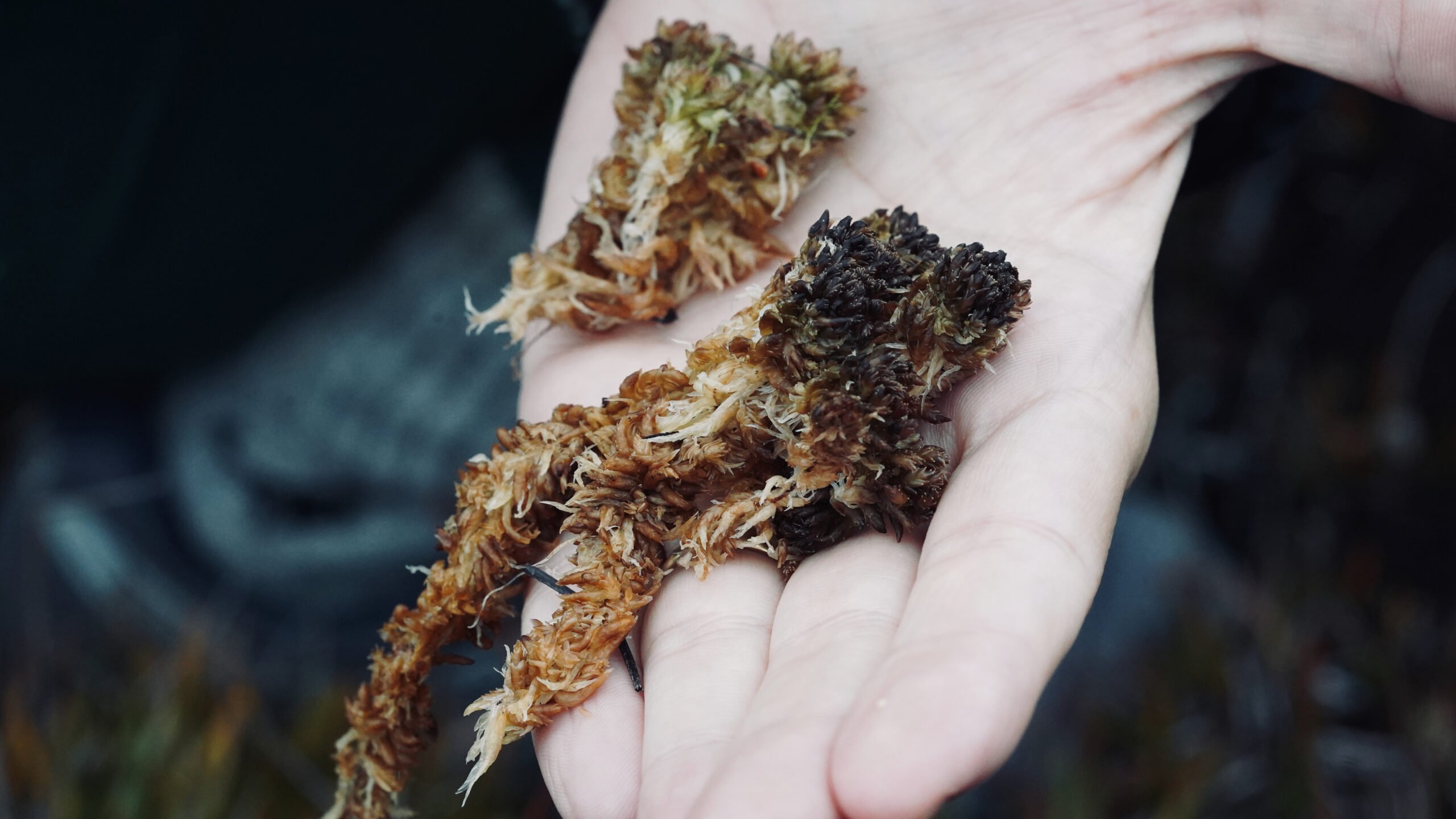Wetlands are often hidden from view and yet are of immense importance for our climate, biodiversity and water balance. These fascinating ecosystems are true superheroes of nature, and it is high time we paid tribute to their heroic deeds.
Carbon giants
One of the most important functions of wetlands is their role as natural carbon reservoirs. Peatlands for example can store twice as much carbon as all the world’s forests combined, even though they only make up around 3% of the global land area. Bogs form over centuries when organic material such as dead plants slowly decompose under water-saturated, i.e. low-oxygen conditions. As a result, they store large amounts of carbon in the form of peat. The peat body of intact bogs grows about one millimeter per year. The Philippi Peatland in Greece, for example, has. a gigantic peat thickness of 190 meters.
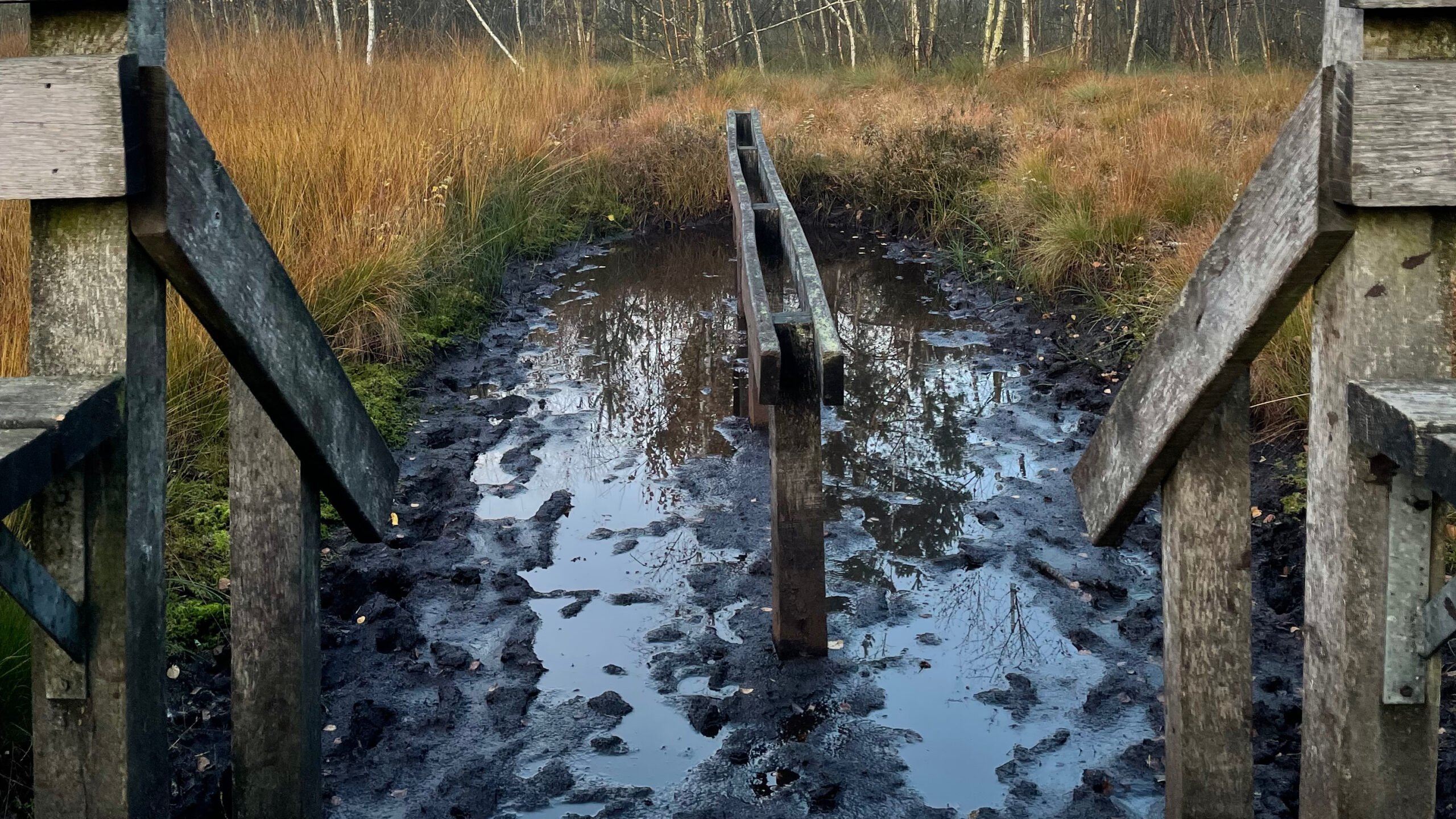
Biodiversity hotspots
Wetlands are also huge biodiversity hotspots. Although wetlands are often perceived as gloomy, mystical landscapes, they are home to an astonishing diversity of plants, animals and microorganisms. Many rare and endangered species depend on wetlands to survive. Carnivorous plants (for example sundew (lat. Drosera sp.)) to rare bird species, peatlands provide essential habitats and food for a wide variety of creatures. Although tiny microorganisms in peatlands are invisible to the naked eye, microbial diversity plays an equally important role in the health of ecosystems and serves as a kind of “health insurance” for nature.
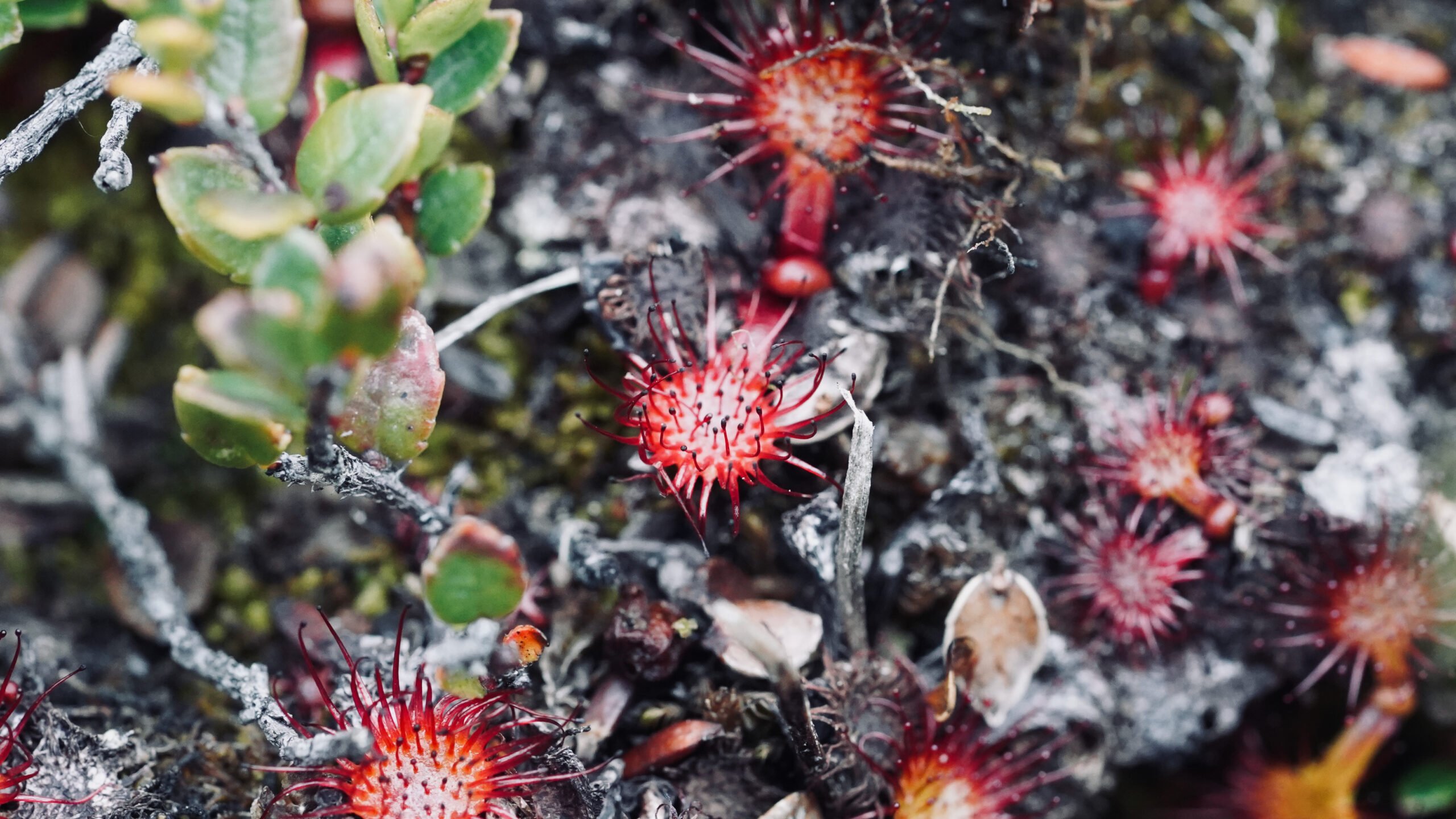
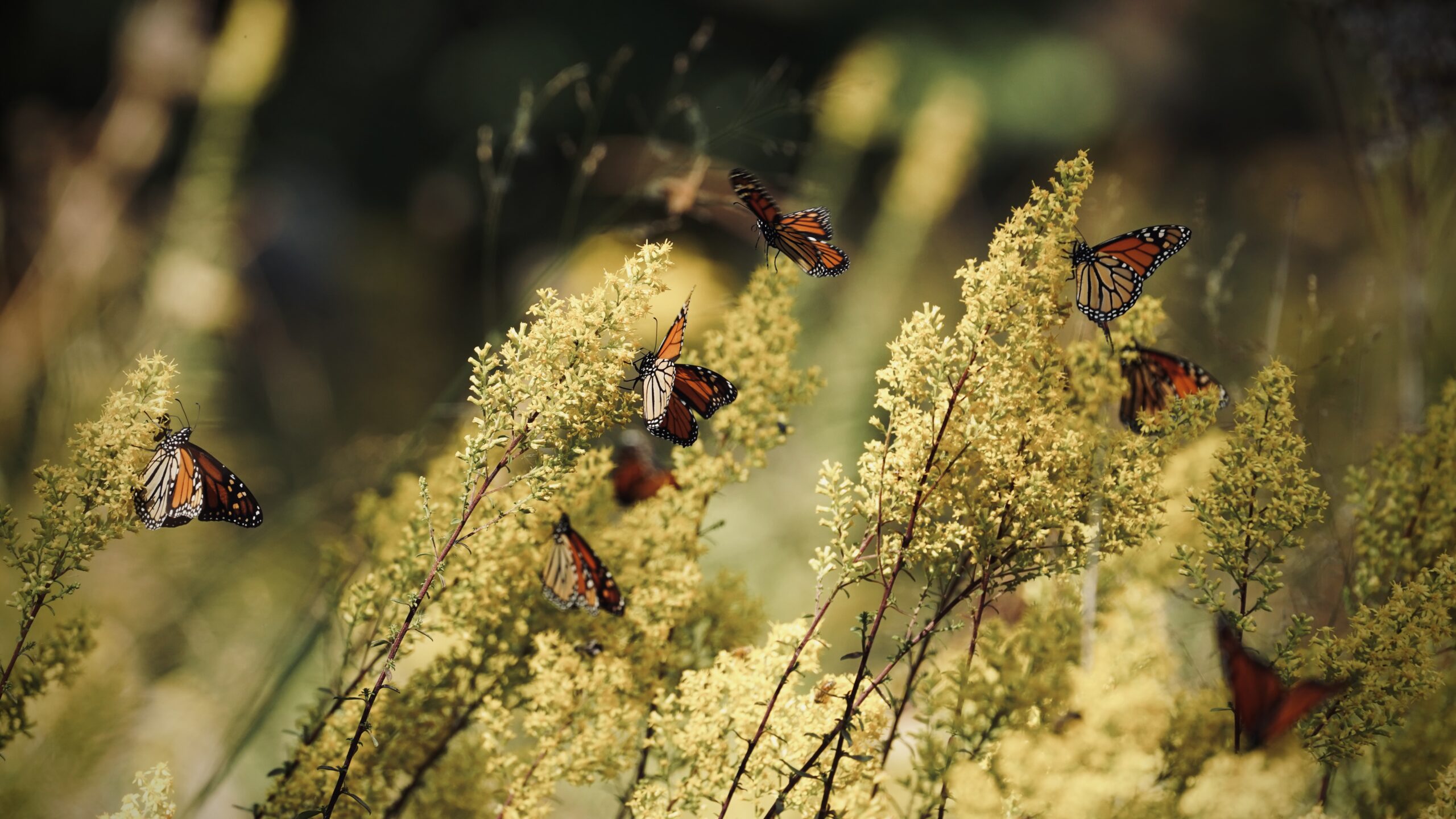
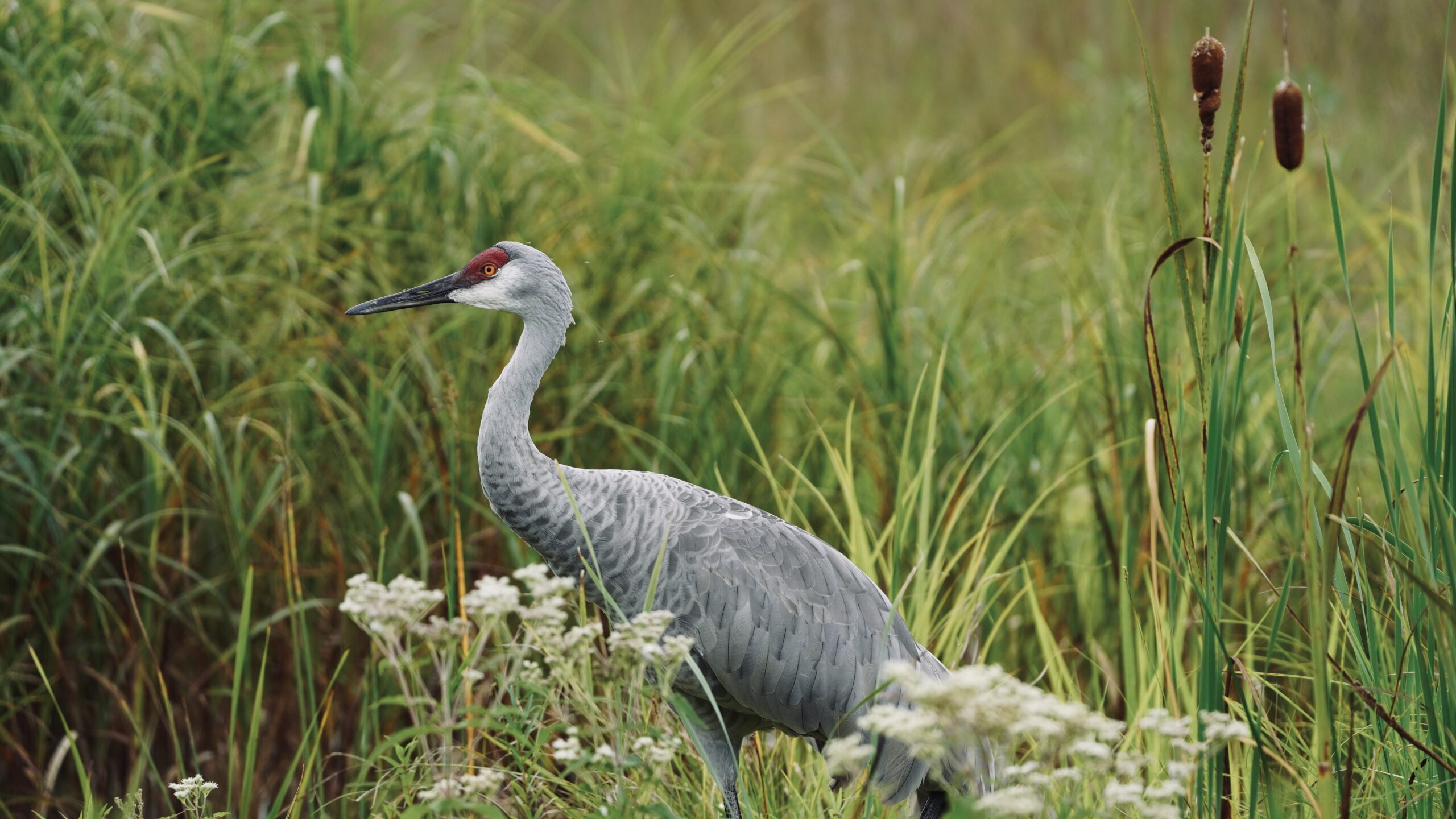
Oases
Wetlands are also indispensable for water management. They act as natural water filters by filtering pollutants and sediments out of the water, thus helping to improve water quality. In addition, wetlands serve as water reservoirs and help to prevent flooding by absorbing large quantities of rainwater like a sponge. This is particularly important in times of increasing extreme weather events.
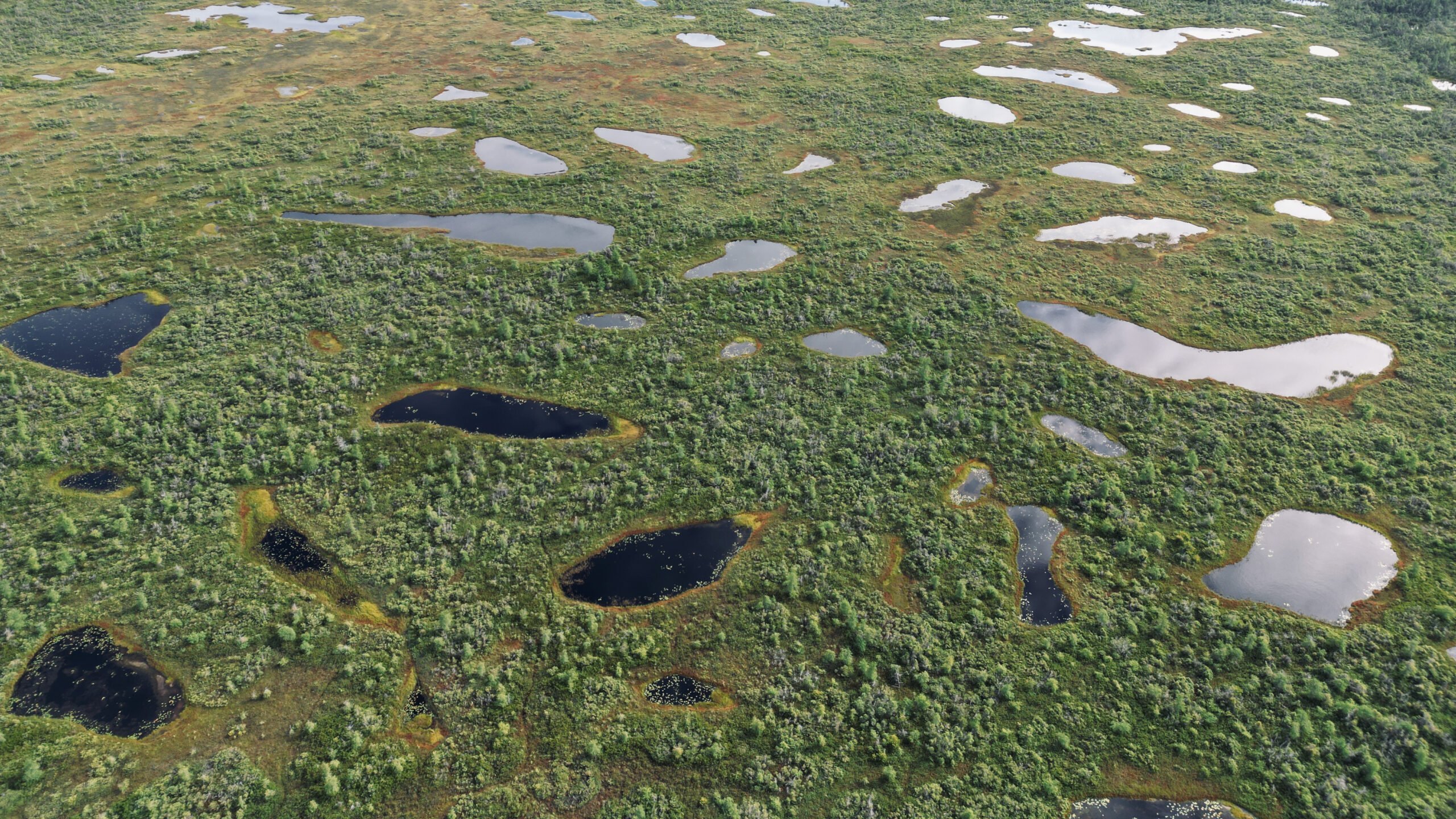
The image of wetlands as gloomy, mystical and swampy landscapes is long outdated. They are invaluable ecosystems that perform a variety of natural functions that make an enormous contribution to the protection of our planet and the well-being of people.
Together for wetlands and climate protection with Mission to Marsh!
